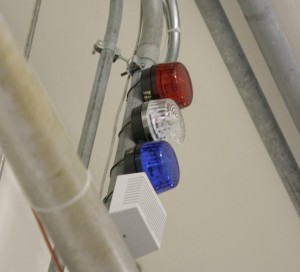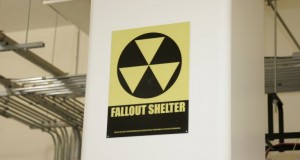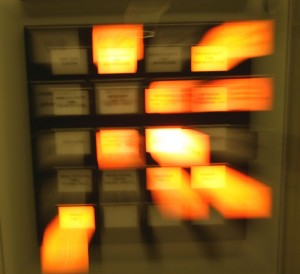
 USSHC Campus Facts:
USSHC Campus Facts:
- *The colocation data center was built by the United States government as a communications facility, during the cold war. It was purpose built as an underground hardened communications facility solely to protect critical communications infrastructure
- *Entirely underground construction.
- *Designed to operate for over two weeks entirely self contained.
- *Operational as a colocation data center since 2002.
- *Designed to withstand and continue to operate during, and for two weeks after the detonation of a 20 megaton nuclear bomb at a range of 2.4 miles from the facility, and 1 megaton at one mile.
- *Fully wrapped in a continuously welded seam quarter inch thick steel as an electromagnetic pulse or EMP shield. 100db of design attenuation.
- *Designed to operate during and after the over-pressure wave, and 800+ mile per hour winds created by a 20 megaton nuclear bomb.
The USSHC Data Center Facts:
- *2N UPS true dual power paths to each rack, by default
- *2N on site generation – underground inside the data center
- *3N fuel stores – above ground, and underground fuel stores
- *3N cooling – underground, inside the data center
- *2N IP connectivity served by two completely geographically diverse tier 1 internet providers, with fiber from opposite directions. Single (BGP4 combined) or dual data drops to each rack (2N) are available.
- *Sub micron air filtration designed in to data center to filter air against chemical, biological, or radiological threats.
- *Thousands of square feet of data center floor space is immediately available.
USSHC Location Facts:
- *The facility is over 200 feet in elevation higher than the nearest flood plain.
- *Nearest flood plain is over two miles away.
- *No municipal water supplies within two miles of the property. Flooding from broken water mains is not a possibility!
- *Redundant water wells, provide water on site, large water storage allows operation for two weeks upon simultaneous failure of both wells.
- *Rural location. Away from any population centers or other structures that could be considered a target for terrorism.
- *More than three miles of buried geothermal tubing on the data center campus provide a heat sink for the geothermal heat pump cooling system.
- *Zero common points of failure.
- *Entire facility, including all critical infrastructure, such as generators, fuel, and air-conditioning condensers that are typically exposed in even the most “hardened” of data centers, are located entirely below ground.
- *Zero shared real estate tenants on site.
- *Ability to survive multiple contingency situations.



